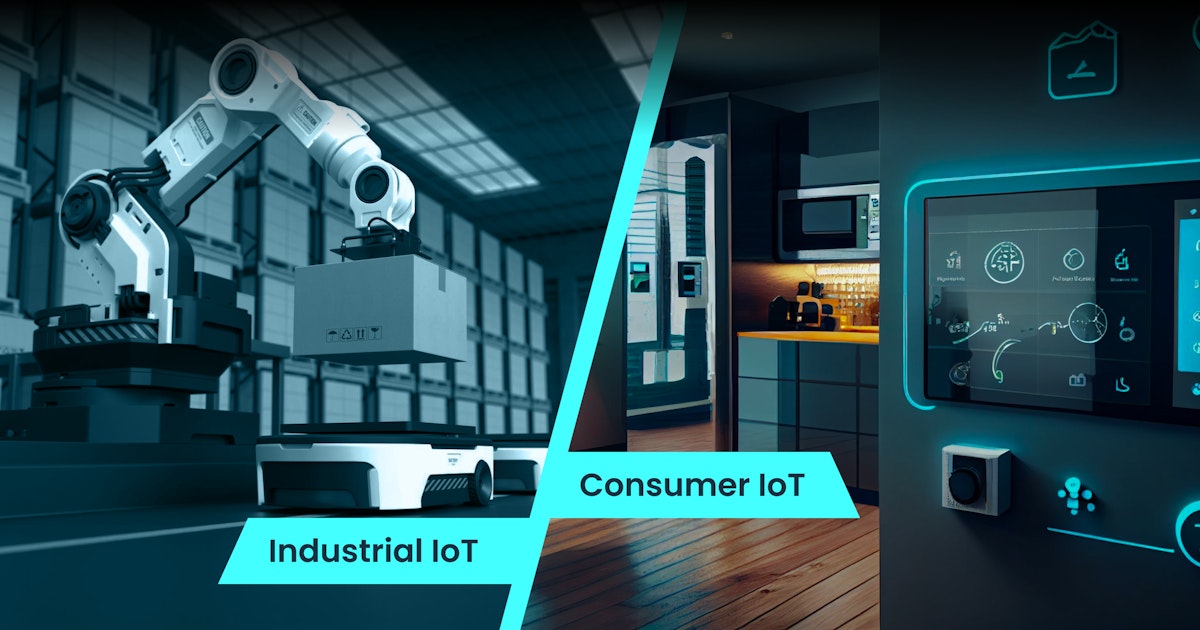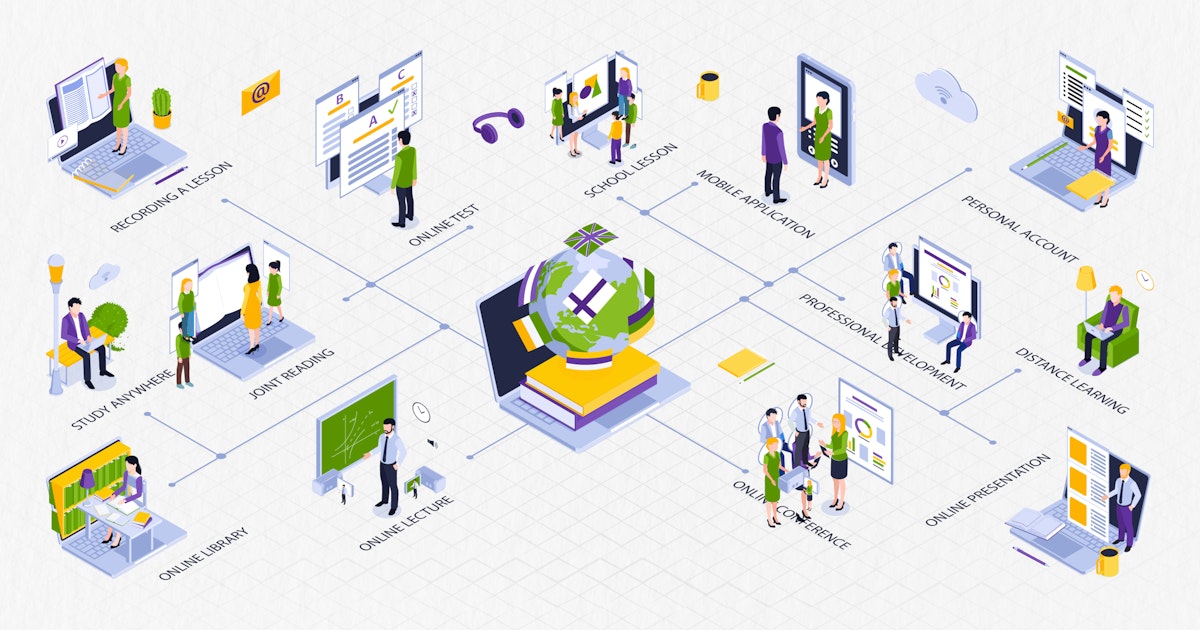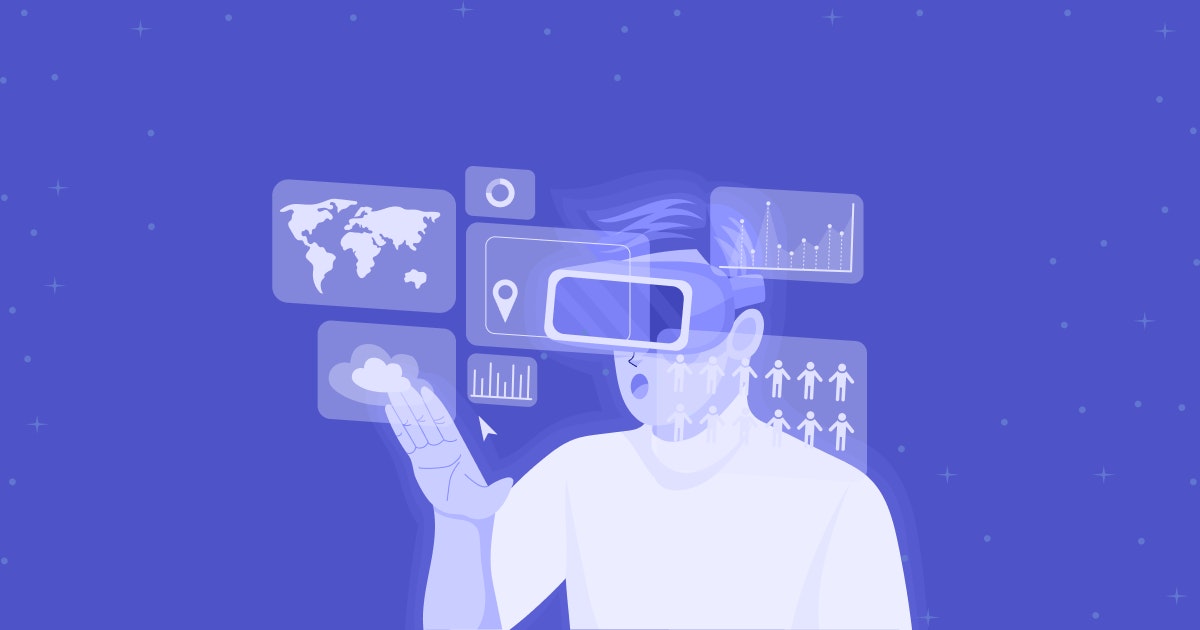For a long time, education was seen as a field that experienced little technological innovation. There were only some audiovisual classes that students could attend in colleges to learn about complicated concepts or subjects. However, that is not the case anymore. Today, Augmented Reality [AR] helps numerous schools and universities engagingly deliver quality education.
AR in current use
AR is known for bridging the gap between the actual world and the virtual world through effective AR app development and first found its relevance in social media filters and surgical procedures, the former gaining spreading like wildfire on the internet.
Remember Pokemon Go? It became such a massive hit as it allowed players to use their phone cameras to record the surroundings while the display showed the characters in the actual background that they could interact with.
There are also various industries such as tourism, public safety, and entertainment already leveraging AR. For instance, it is used in the automotive industry to help drivers with specific parameters such as speed and navigation.
In the travel industry, AR can significantly improve people’s experience with maps and make them more interactive and helpful in navigating new cities or countries.
Numbers speak volumes
Since 16.1% of US children first used a smartphone when they were three or four years old, it only shows how sensitized they are when calling their friends or playing games on the smartphone. It is impossible to beat that level of comfort in phone interactions.
Naturally, this presents a massive opportunity for educational institutes to use AR and encourage on-the-go learning when students are present in the classroom. Education app developers can create apps for them for this very purpose.
In fact, research shows 87% of students are likely to attend, and 72% are likely to participate in a class if interactive technology is used. That is because it would significantly improve their understanding of specific concepts.
No wonder the AR market is predicted to be valued at $60.55 billion ;by 2023, growing at a CAGR of 40.29%. Brace yourselves — AR is the future of education.
Impact of AR in education: seven roles it plays
This technology helps in making the learning process for students effective and efficient.
1. Students practically engaged in learning quickly
Many studies have shown that gamified AR learning positively impacts students as it keeps them engaged throughout the lesson. Moreover, the technology also diversifies the way a topic is taught and shakes up otherwise dull lectures.
For instance, the Yale School of Nursing has started instructing students to practice medical procedures using AR applications that simulate actual wounds and other health problems. An accurate, simulated representation of on-the-field conditions can help master the practical skills required by students to do the job properly. Healthcare can use this support.
2. Complicated topics simplified
Certain concepts are hard to properly depict in a textbook, thus making it difficult for students to understand. However, AR can simplify the explanations.
A small Texan school taught their students the history of the slave trade ;through the visualization of trade routes, ships, and documents of that period through AR smartglasses. That way, both teachers and students were able to take control of the educational process.
AR is also effective in teaching other similar topics such as math fractions, and astronomy. The thing is, every student’s learning pace and understanding level are different. Certain smart AR applications in education allow creating custom reading materials for better comprehension.
Related Blog: https://www.intuz.com/blog/augmented-reality-glass-application-usecases-challenges-future-potential
Do you know why AR Smart Glasses is the new talk of the town? Here's all you need to know.
Read now3. Self-learning effectively encouraged
Given how online classes have become the new norm thanks to the pandemic, it is not surprising to see an increasing number of students resorting to self-learning. The best part is AR can further fuel their keen interest to learn about their favorite topics on their own.
Reading volumes of textbooks would have little effect on them compared to seeing something in a simulated environment from their own eyes. AR helps strengthen the grasping prowess through visualization and full immersion in the topic in question.
4. Interactive sessions made easy
Textbooks, paper handouts, and documents are so passe! The modern generation of students is more interested in getting their information from a screen and online. If you give that to that, you will see how suddenly interested they are in the subject matter.
For instance, a Florida-based elementary school resorted to AR to teach students about topography. A 3D projector simulates mountains, water sources, and other geographical features that respond to children’s movements.
It allowed children to explore and discover things only read in textbooks but never visualized. Travel is not a feasible solution here but AR is. Teachers, on the other hand, were able to explain a rather mundane learning procedure innovatively.
5. Hardware and equipment costs reduced
Unlike VR, educational institutes do not have to invest in any extensive hardware. Since 73% of all US teenagers have a smartphone, they can access the technology from various mobile apps.
Instead of wasting time on entertainment, social media, and gaming apps, they can focus more on learning fun, engaging, and interactive. The arrangement is cost-effective for schools and universities, and of course, parents who do not need to splurge on AR equipment.
6. A sense of teamwork instilled
AR provides students with an opportunity to sharpen their knowledge in various categories such as reading, spatial concepts, content creation, comprehension, and so on. When such classroom lectures are combined with assignments, AR encourages students to communicate and collaborate with one another.
Let us understand this detail. Since AR adds more context to the current pedagogical materials, it stimulates interest and discussion among students in different subject areas and forms the foundation for class activities.
7. Global accessibility of AR
Since AR-based learning apps can enable students to learn from anywhere and any time, it offers the best option to replace all notebooks, physical models, posters, and so on. But there is more to the story when it comes to geographies.
While some AR apps are developed for students in a specific community, country, or group, others are made specifically to be accessed remotely. For example, an AR-based app on human anatomy made in London can be used for teaching purposes from South Asian schools.
AR blurs geographical boundaries and paves the way for a greater learning experience for the students. It builds global exposure in a classroom setting, and students do not have to learn in silos anymore. Instead, the whole world opens to them, which is fantastic!
Real-life AR-based apps that assist in the education
Contrary to popular belief, AR is more than just a gimmick. It grabs the attention of students and initiates meaningful learning. Here are seven apps currently aiding the education sector:
1. Math Worlds AR
Design for PreK-3 students, the app applies AR technology to enable teachers to place trigger cards under a camera for helping students practice basic numeracy and counting skills.
2. Blippar
Integrated with Brainspace magazine, students can use the app to scan the magazine cover and inside pages to bring the 2D representation of contents to life. Blippar aims to transform a child’s reading experience by pushing them to think more deeply about a topic.
3. Elements 4D
This app is exactly what it sounds like and is a reality because of efficient IoT development . It allows students to combine different elements [from the periodic table] to explore chemical reactions.
To use the app, they must print and fold a standard letter-size paper in the class and glue the corners together to resemble a cube. Once the students have made several cubes, they can hold them in front of the phone or tablet camera to see the elements they represent in AR.
4. Quiver
It is an easy-to-use AR-based coloring app that allows children to see beyond the pictures in their textbooks to interact with 3D figures. After downloading the app on the device, they can scan one of the coloring pages on the phone to watch the characters on a page come alive.
5. Arloon Plants
As the name suggests, this app helps students explore plants interactively and learn about the structure and parts. Through the triggers on Arloon, they can watch a plant grow in an AR experience as growing plants in the classroom is not an option.
6. Human Anatomy Atlas
It is an app that allows students to explore the human body and understand how it functions. The app shows 3D models of the body, and students can rotate, touch, and interact with them in an AR setting. The app provides more than 10,000 anatomical parts and is available in 7 languages. Students can also test themselves on the app and improve their knowledge.
7. Dinosaur 4D+
It is an app that comes with a set of flashcards. Students can scan flashcards to see 3D dinosaurs in action, zoom in and out, and rotate them. The app also shares data about each dinosaur with the students.
Challenges of using AR in classrooms
Just because the augmented reality in education has a list of tremendous benefits and tools to supplement the teaching/learning experience, that does not mean the technology comes with its own set of pitfalls, including the following:
1. Content portability issues
Irrespective of the AR-based app an educational institute uses, it must work equally well on all platforms and devices. However, this cannot be guaranteed by every education app that enters the market. It is impossible to offer the same quality of AR content on any device through education and eLearning application development.
2. Little technology training
It is not necessary that all teachers would be comfortable leveraging this technology in their classroom teaching. In fact, they might have traditional views around using any form of apps or innovation in education and instead prefer keeping things simple. Truth to be told — only the most open-minded teachers are ready to use AR in education.
3. Guaranteed dependence on hardware
Sure, the majority of students these days own a smartphone. But what about those that do not. Using AI in the classroom requires a particular resource base. No school or university can guarantee 100% dependence of students on smartphones or tablets.
The future of AR in education
There is no doubt that technology has many benefits for both teachers and students. AR has given birth to classroom experiences that efficiently engage students and support better knowledge retention. In short, AR makes learning fun.
If you are thinking of basing your next educational app on this technology, you must go ahead with it. AR mobile app development is incomplete without proper coding, functionalities, and specialized software. Therefore, give it much thought.
If you do not have the time or experience but are willing to invest a little into getting someone else to design and develop the app for you, look no further. Team Intuz can help you achieve your goal. Call us at +1 650.451.1499 or fill the contact form so that we can reach out to you.
IoT In The Education Industry: Embracing The New Way Of Learning
Read NowThe future of AR in education
There is no doubt that technology has many benefits for both teachers and students. AR has given birth to classroom experiences that efficiently engage students and support better knowledge retention. In short, AR makes learning fun.
If you are thinking of basing your next educational app on this technology, you must go ahead with it. AR mobile app development is incomplete without proper coding, functionalities, and specialized software. Therefore, give it much thought.
If you do not have the time or experience but are willing to invest a little into getting someone else to design and develop the app for you, look no further. Team Intuz can help you achieve your goal. Call us at +1 650.451.1499 or fill the contact form so that we can reach out to you.





